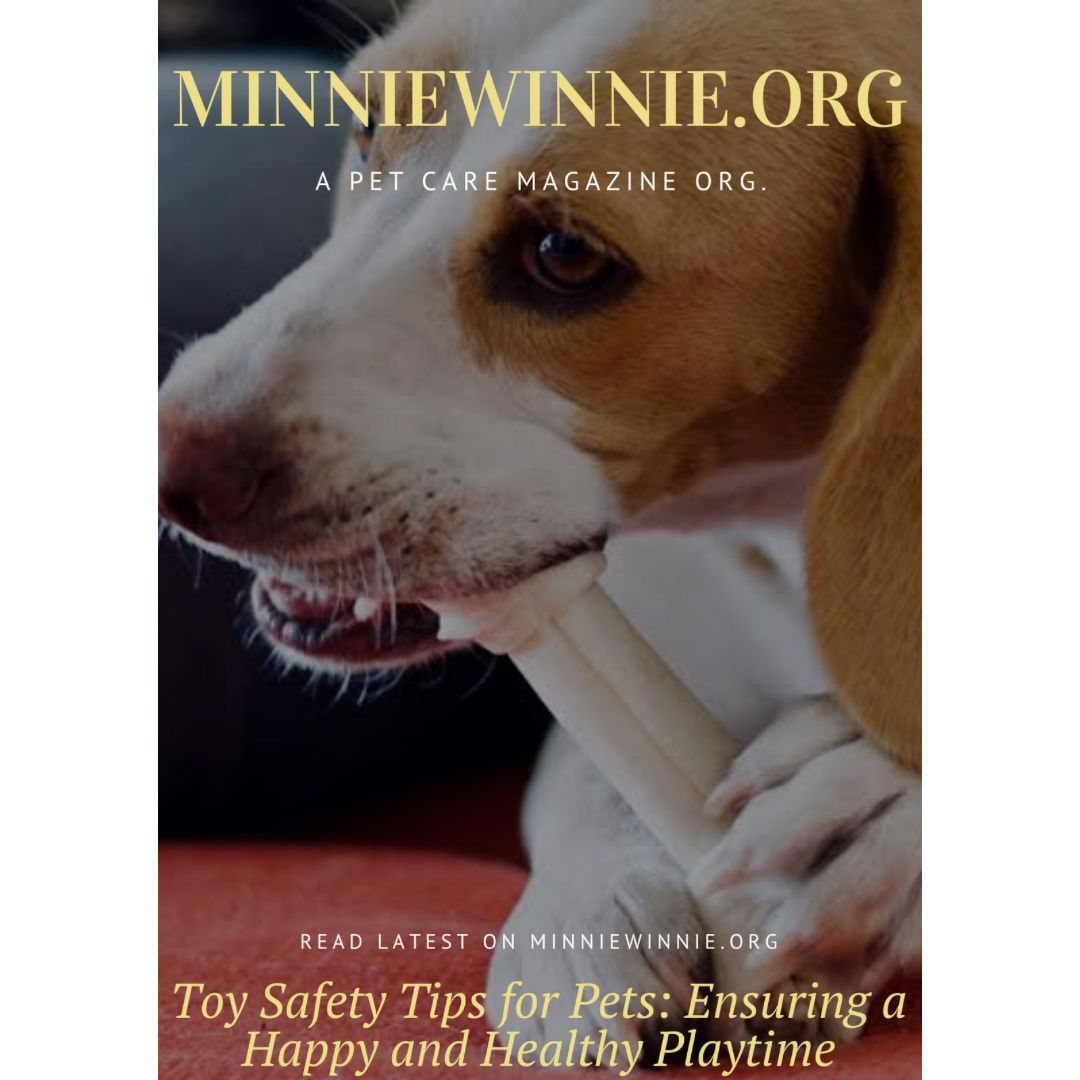Toy Safety Tips for Pets: Ensuring a Happy and Healthy Playtime
Playtime is an essential aspect of your pet’s life, offering opportunities for exercise, mental stimulation, and bonding. Toys are a crucial component of this, providing both entertainment and enrichment. However, ensuring that these toys are safe is vital for maintaining your pet’s health and well-being. This article outlines essential toy safety tips for pets, helping you create a happy and secure play environment for your furry friends.
1. Choose Appropriate Toys for Your Pet’s Size
One of the most important factors in toy safety is selecting toys that are appropriate for your pet’s size. Toys that are too small can be choking hazards, while oversized toys may be difficult for smaller pets to handle. Ensure that the toy cannot be easily swallowed or get stuck in your pet’s throat. For example, a tennis ball may be perfect for a medium-sized dog but dangerous for a small dog or cat.
2. Avoid Toys with Small, Detachable Parts
Pets are naturally curious and enjoy chewing and tearing at their toys. Toys with small, detachable parts pose a significant risk as these pieces can be swallowed and cause choking or intestinal blockages. When choosing toys, opt for those that are durable and have no easily removable parts. Regularly inspect toys for any signs of wear and tear, and replace them immediately if they become damaged.
3. Opt for Non-Toxic Materials
The materials used in pet toys should be non-toxic and safe if ingested. Many cheap toys contain harmful chemicals or dyes that can be dangerous if chewed or swallowed. Look for toys made from natural rubber, organic cotton, or other pet-safe materials. Always check labels and buy toys from reputable brands that prioritize safety and quality.
4. Supervise Playtime
Supervision during playtime is crucial, especially when introducing a new toy. Watching your pet play allows you to ensure they are using the toy correctly and not attempting to swallow parts of it. Supervised play also gives you the chance to intervene if the toy breaks or becomes hazardous.
5. Rotate Toys Regularly
Keeping a variety of toys and rotating them regularly can prevent boredom and overuse of any one toy, which can lead to wear and tear. By rotating toys, you keep your pet engaged and reduce the likelihood of a favorite toy becoming a safety hazard due to excessive use.
6. Consider Your Pet’s Play Style
Different pets have different play styles, and understanding your pet’s behavior can help you choose safer toys. Heavy chewers may need more durable toys designed to withstand vigorous gnawing, while more gentle players might be content with softer toys. Observing how your pet interacts with their toys can guide you in selecting the safest options.
7. Avoid Strings and Ribbons
String-like toys, including ribbons and yarn, can be particularly hazardous, especially for cats. These items can cause serious digestive issues if swallowed. Opt for toys that are specifically designed for cats, such as those with short, securely attached strings or other features that mimic the hunting experience without the associated risks.
8. Keep Human Toys Away from Pets
Human toys are not designed with pets in mind and often contain small parts, batteries, or materials that can be harmful if ingested. Keep children’s toys separate from pet toys and ensure that your pet only has access to items specifically designed for their use.
9. Regular Cleaning and Maintenance
Keeping your pet’s toys clean is essential for their health. Regularly wash toys with pet-safe detergents to remove dirt, saliva, and bacteria. Inspect toys frequently for any signs of damage and discard those that are worn out or have become unsafe.
10. Educate Yourself and Others
Staying informed about pet toy safety and educating others, including family members and pet sitters, can significantly contribute to your pet’s well-being. Share these tips and ensure everyone who interacts with your pet understands the importance of safe play.
Conclusion
Ensuring toy safety for pets is a critical aspect of responsible pet ownership. By selecting appropriate, non-toxic toys, supervising playtime, and regularly inspecting and maintaining toys, you can create a safe and stimulating environment for your pet. A thoughtful approach to toy safety not only enhances your pet’s playtime experience but also contributes to their overall health and happiness. Remember, a safe pet is a happy pet, and with the right precautions, playtime can be both fun and risk-free.










